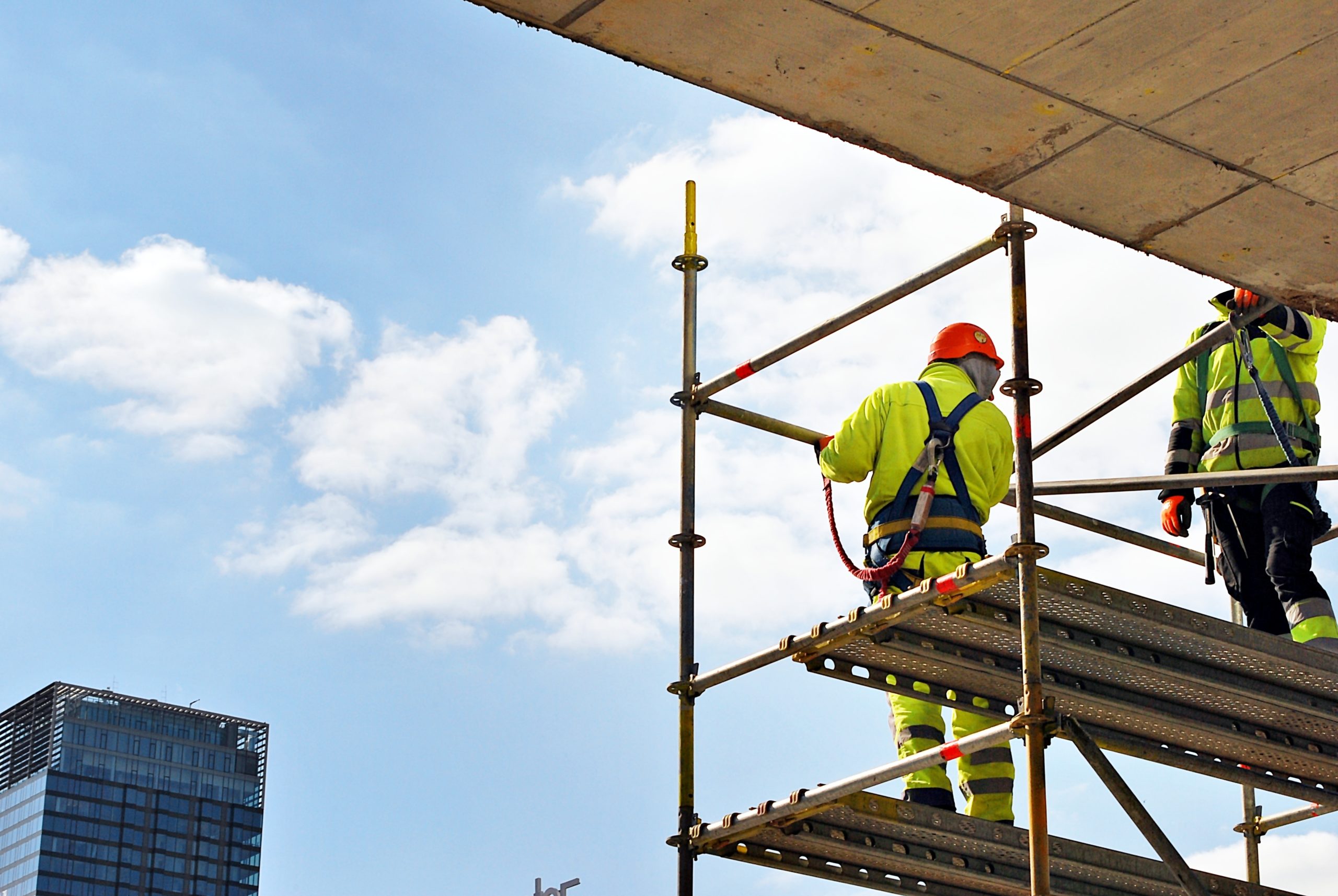
Falls from Scaffolding in Construction: Protections and More
This week in New York, two workers plummeted down 20 feet through scaffolding that was not safe. The two men suffered from head and neck injuries, leaving one in critical condition. A worker on the site said that he saw two men on the ground and one of them was bleeding from the head. The two men were installing stone slabs on the building’s façade when they fell through a gap due to three wooden planks being missing. The Building Department issued a partial stop work order when it was revealed that the scaffolding lacked end railings and was “not fully planked.” Workers on the site apparently built the scaffolding and were reported as being “qualified” even though it was clearly not up to code.
Worker’s Risks
With an estimated 2.3 million construction workers (65% of the construction industry) working on scaffolds, protections must be in place to ensure the safety of workers. It has also been estimated by the Bureau of Labor Statistics that there are some 4,500 injuries and over 60 deaths every year, according to the data. In 72% of these accidents, the reason for the fall was because planking or support gave way, or the employee slipped or was struck by a falling object. Because falls happen in the construction workplace every day, employers must set up their work zone to prevent these falls from overhead platforms, elevated work stations, or work stations that take place on the floor.
You may wonder: What can be done to prevent falls in the construction workplace? OSHA actually requires that fall protection be provided at elevations of four feet in general workplaces, and six feet in the construction industry. This standard goes away when workers are working over dangerous equipment. In those situations, fall protection should be provided regardless of the height. Some of these protective pieces of equipment include safety harnesses and lines, safety nets, stair railings, and hand rails. Employers must always consider guard rails and toe-boards in places that are necessary.
Because there are many risks in the construction workplace, these measures must always be considered. This is why, if you work in an industry where scaffolding was faulty and caused you injury, it is time to speak to an attorney with experience who can help you with your case. Call us today.

















